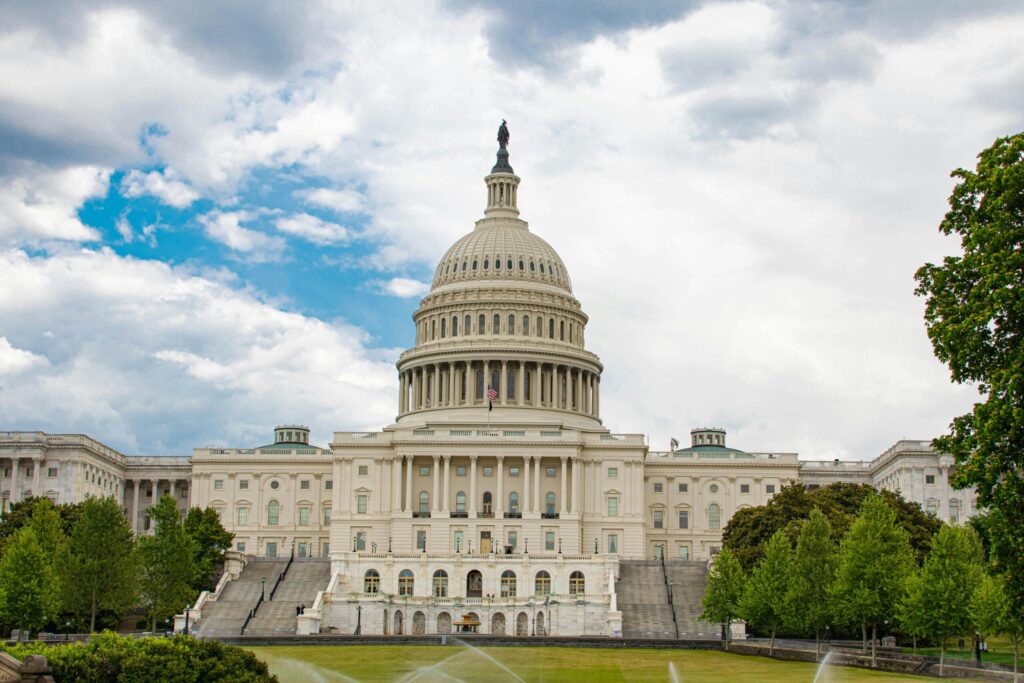by Dr. Steven Johnson, NREA State Affiliate Representative B
Introduction
The debate over the federal government’s role in education has intensified, with some advocating for control to shift entirely to the states. However, this perspective overlooks the critical role federal support plays in maintaining public education—especially in rural communities. Federal involvement not only ensures equitable access but also protects civil rights, strengthens national security, and supports economic growth. Having spent nearly 50 years in education, I have seen how vital federal policies and funding are for rural schools.
The Federal Role in Education
The foundation for public education was laid by the Northwest Ordinance of 1787, which required new territories to establish public schools. North Dakota’s public education system traces its roots to this ordinance, which designated Sections 16 and 36 of every township to fund schools. The Morrill Act of 1862 further bolstered this commitment by creating land-grant colleges like North Dakota State University, which continues to support the agricultural sector through its Extension Services. North Dakota’s state Constitution, Article VIII, guarantees that every child in the state has access to a free, secular public education—an essential principle that continues to guide our system. The federal government’s role is crucial in upholding this constitutional commitment, providing substantial funding like the Common Schools Trust Fund, which distributed nearly $500 million to North Dakota’s public schools in 2023-2025.
Protecting Civil Rights and Ensuring Equity
The 14th Amendment, ratified in 1868, was designed to protect civil rights and ensure equity, stating that “no state shall deprive any person of life, liberty, or property, without due process of law” and guaranteeing “equal protection of the laws.” This amendment was a response to the failure of states to uphold civil rights, particularly in the wake of the Civil War. The federal government’s role is to correct these state failures, ensuring that all students have equal access to a quality education. Landmark decisions like Brown v. Board of Education (1954) affirmed the federal government’s duty to intervene when states failed to desegregate schools, protecting students’ civil rights. The federal government’s role in upholding these rights continues to be vital, as state-level action often falls short in safeguarding students from discrimination and inequality.
The Need for an Educated Population: National Defense, Digital Security, and Economic Competitiveness
The federal government has long recognized the importance of education to national defense and economic competitiveness. The National Defense Education Act of 1958 marked a significant investment in education, particularly in math, science, and foreign languages, after the Soviet Union launched Sputnik. Today, education plays a crucial role in national security, especially regarding digital security, data management, and artificial intelligence (AI). Preparing students to navigate and secure digital infrastructures is essential to maintaining the U.S.’s global competitiveness. Educating students about digital security and AI will ensure that the next generation can lead in a technology-driven economy. Higher education and Career and Technical Education programs have been key in preparing students for the workforce. Federal funding supports these programs, offering rural students access to education and training needed for careers in technology, agriculture, and healthcare. North Dakota’s dual credit program enables rural high school students to take college courses, helping bridge the gap between high school and higher education.
Federal Funding Ensuring Equity Across States
Federal funding ensures that all students, regardless of geography, have access to a quality education. Programs like Title I help close achievement gaps and support schools in rural, low income areas. The Rural Education Achievement Program is another example, offering financial support to rural schools, addressing teacher shortages, fiscal limitations, and enrollment declines. The federal government also funds special education, covering a significant portion of the costs for students with disabilities. In rural schools, which often lack the resources to provide specialized services, this funding is especially crucial. Additionally, the USDA’s child nutrition programs ensure that students have access to nutritious meals, regardless of their socioeconomic status. The federal E-rate program has been transformative for rural schools by providing affordable internet access, ensuring that students have the technology and online resources needed for modern education.
Rural Schools and Communities: Meeting Challenges Over Time
Rural communities face a variety of challenges beyond education, including aging populations, labor shortages, housing issues, and economic development. Public education plays a key role in addressing these challenges. Schools are not just places of learning—they often serve as community hubs, offering resources and support that extend beyond the classroom. As North Dakota experiences shifts in population and rural life becomes more challenging, it is essential to continue supporting rural schools. Public education remains a cornerstone for the survival of these communities. Federal programs that ensure equitable funding, civil rights protections, and opportunities for all students are critical in helping rural communities thrive.
Conclusion
The evolution of rural schools in North Dakota reflects broader demographic shifts, from 4,700 school districts in 1918 to just 166 today. These changes underscore the challenges that rural areas face in maintaining vibrant communities. Federal support for education—through funding, civil rights protections, and policy initiatives—has been essential in helping rural schools survive. To continue ensuring that all students have access to high-quality, equitable education, we must work together to strengthen and sustain these vital programs. The future of our rural communities depends on it.
About the Author
Dr. Steven Johnson, a 4th-generation North Dakotan, has dedicated nearly 50 years to public education. He retired from the Lisbon Public Schools in June of 2021 and now serves as the Superintendent of the Fort Ransom School District. He is an advocate for rural schools through his leadership as an elected member of the Executive Committee of the National Rural Education Association.

